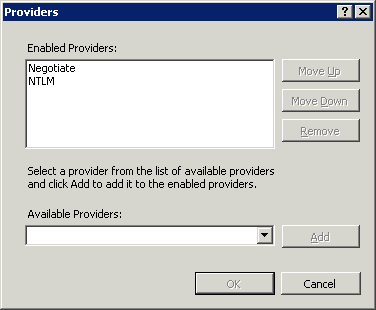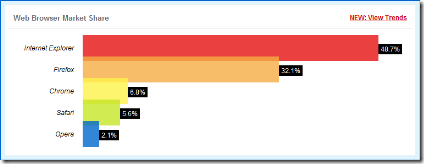If you have a Dynamics CRM 2011 installation, and users have started using Internet Explorer 11 (either by upgrading from IE10, or by installing Windows 8), then you’ve undoubtedly noticed that, when an IE11 user goes to your CRM site, they are greeted by the Mobile Express version, rather than the standard site. There are a few manual workarounds to this:
- Downgrade from IE11 to IE10 (not an option for Windows 8).
- Add your CRM domain name to the compatibility list in IE11 (not an option if you don’t want the entire domain to be in compatibility mode, or if you have group policy settings which prohibit this).
- Instruct users to go to https://yourcrmdomain.com/main.aspx.
That third bullet is interesting… If you go to the root of your CRM domain name in IE11, you will be redirected to the Mobile Express site. If you go to the “main.aspx” page on the root, you go to the full CRM site. Which got me thinking… How can we identify IE11 users accessing the Mobile Express site, and redirect them to /main.aspx?
The solution is in IIS’s URL Rewrite library, which, if you don’t already have, you should get, because I’ve used it before to fix issues related to Dynamics CRM (not to mention its multitude of other uses).
Here’s what our rewrite rule will do:
- If the requesting url ends with
m/default.aspx(the path of the Mobile Express site), - and the user agent of the request ends with
; rv:11.0) like Gecko(the unique part of all IE11 user agent strings that does not match any other known user agent strings) - then redirect the user to
https://yourcrmdomain.com/main.aspx, using a 307 (temporary) redirect
The full IIS rewrite rule is below. You can drop this into the web.config in the root of your Dynamics CRM 2011 web site, or set it up manually using the URL Rewrite wizard. Either way, when you’re done, you’ll always get the full version of Dynamics CRM when using the IE11 browser.
<rule name="Redirect IE11 from mobile site to main.aspx" patternSyntax="Wildcard" stopProcessing="true">
<match url="*m/default.aspx" />
<conditions logicalGrouping="MatchAll" trackAllCaptures="false">
<add input="{HTTP_USER_AGENT}" pattern="*; rv:11.0) like Gecko" />
</conditions>
<action type="Redirect" url="https://crm.innovatix.com/main.aspx" redirectType="Temporary" />
</rule>
By the way, there is only one gotcha: You can’t use IE11 and deliberately go to the Mobile Express site. A small price to pay to fix a much larger problem.


